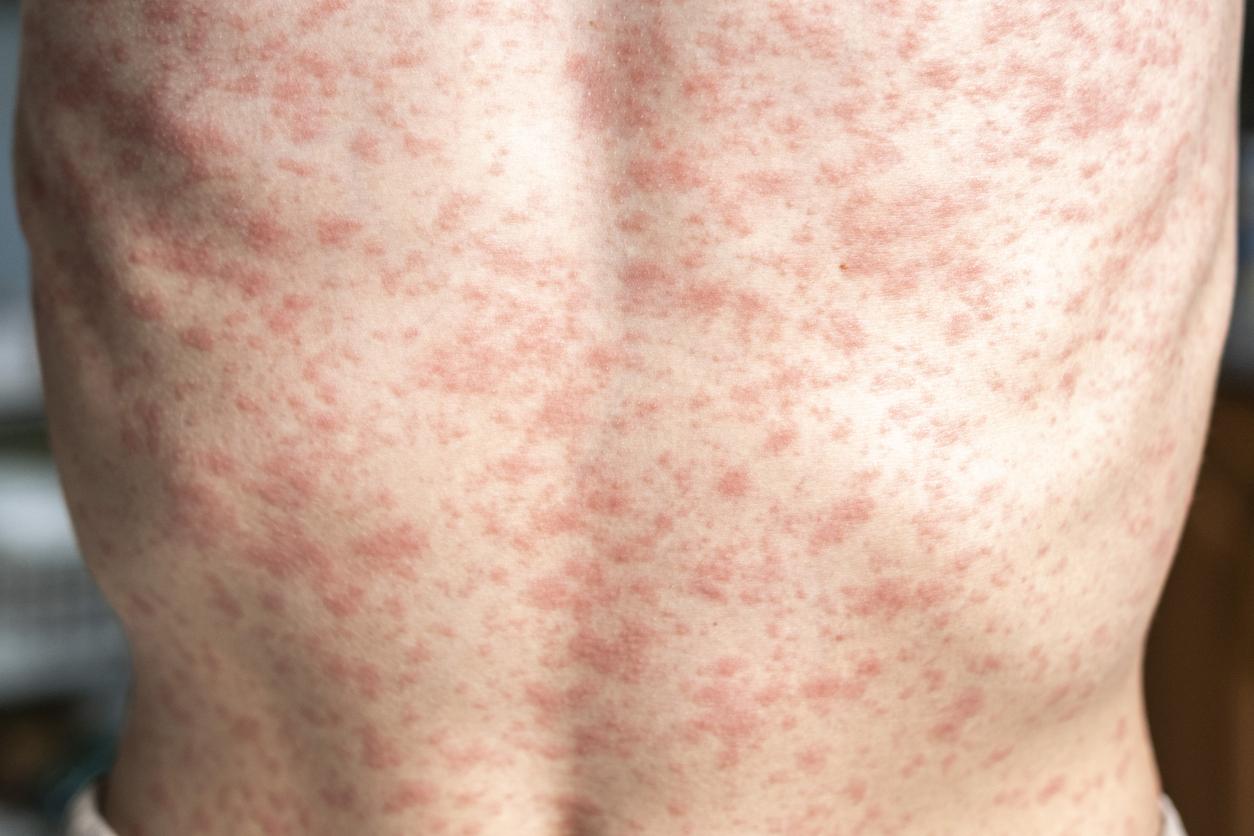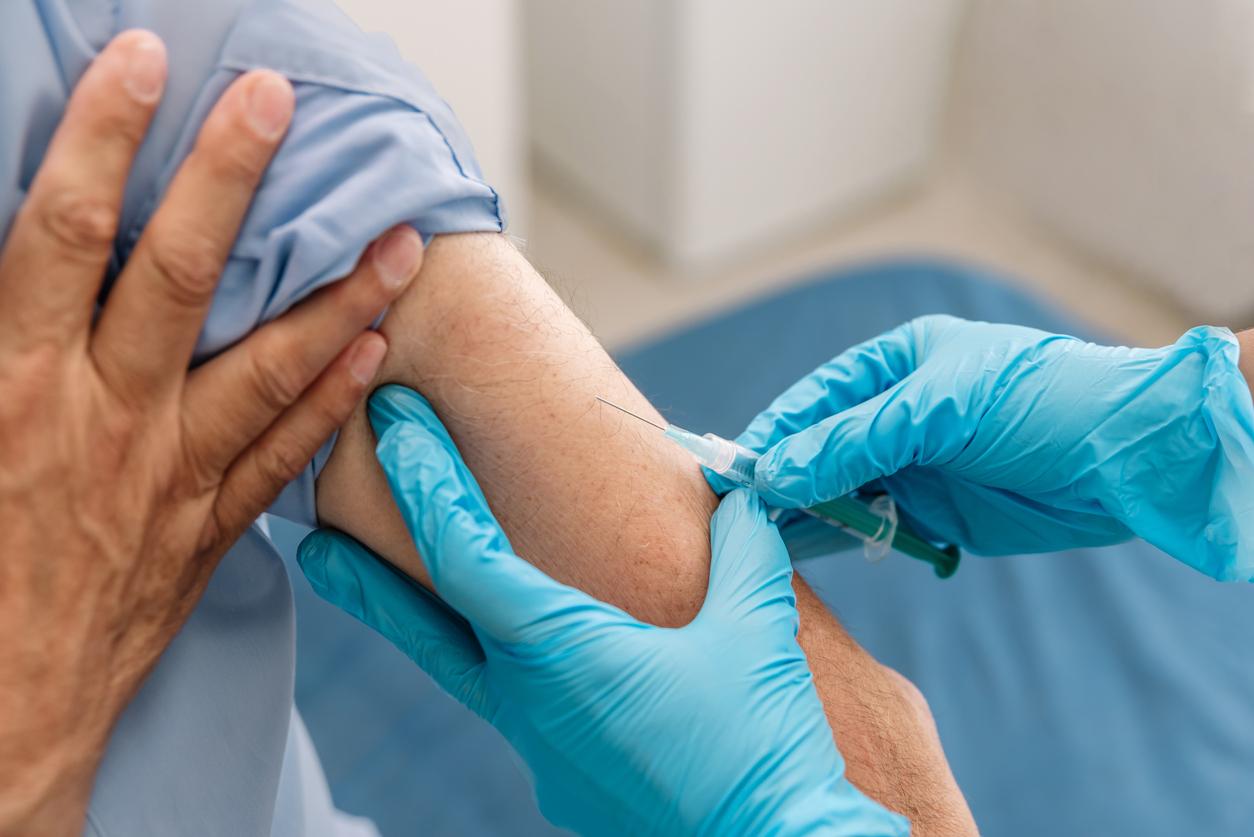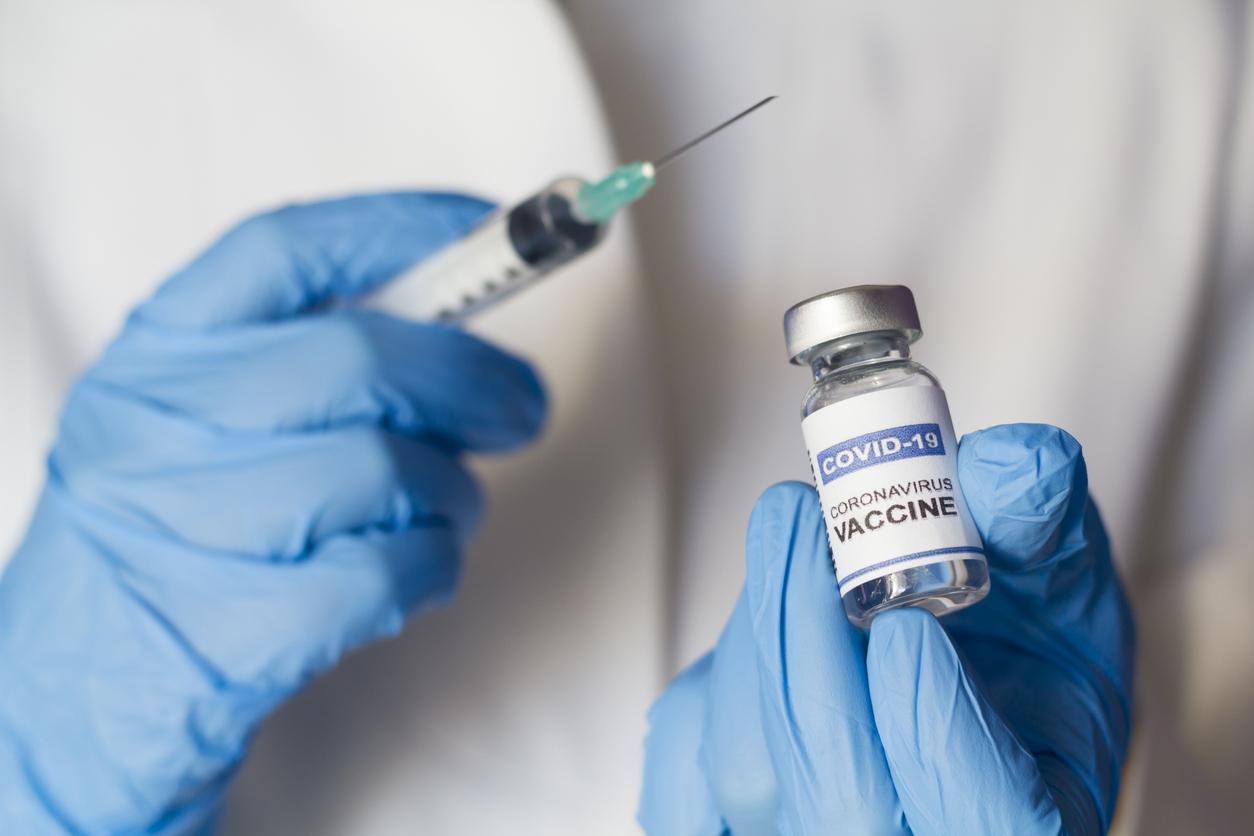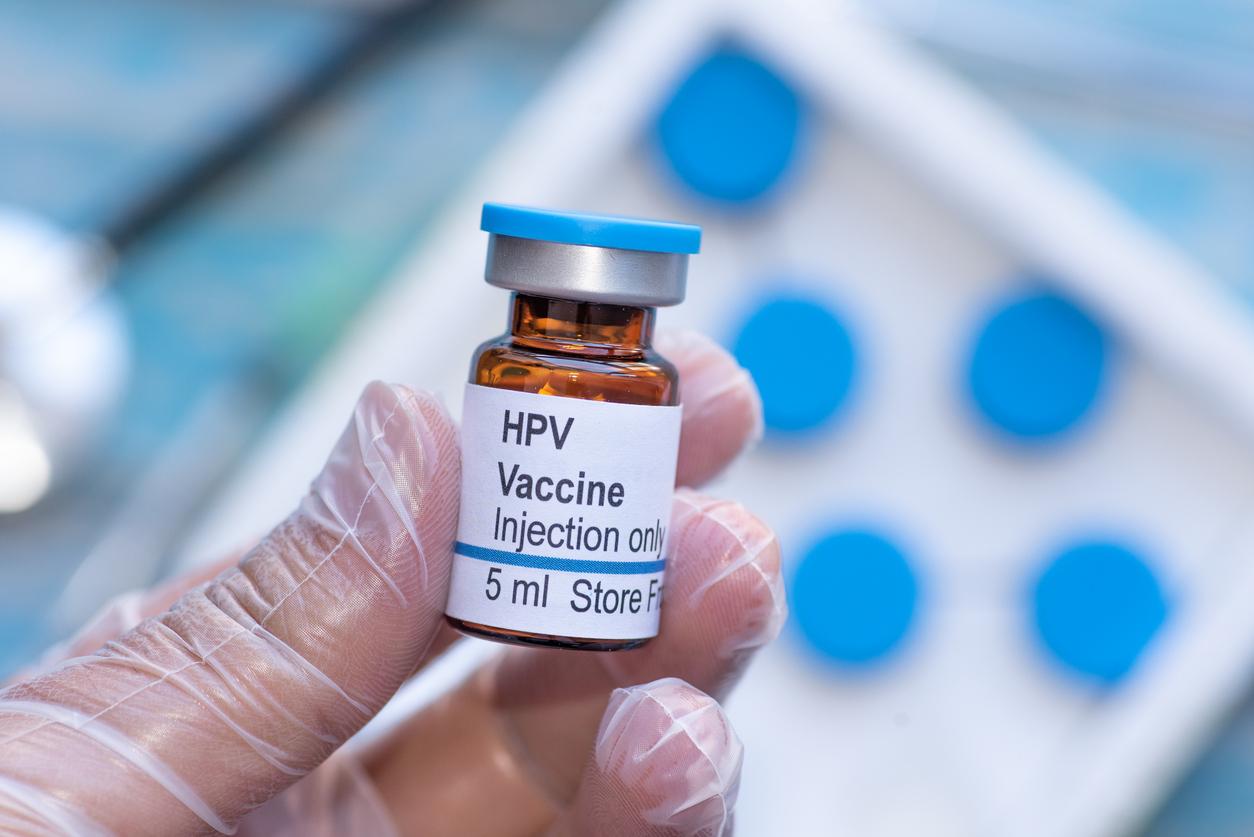The European Medicines Agency approved, this Friday, May 31, the use of the first vaccine against the chikungunya virus, developed by the French group Valneva.

- The vaccine against the chikungunya virus had already been authorized in the United States in November for people over 18 and exposed to an increased risk of contamination.
- The vaccine is injected in a single dose containing the attenuated virus. It triggers the production of antibodies after 28 days, and was effective in 98.9% of volunteers.
- Chikungunya, transmitted to humans by the bite of an infected tiger mosquito, causes the sudden onset of fever and severe joint pain. In 2023, approximately 500,000 cases and more than 400 deaths were reported worldwide.
A new weapon against vector-borne disease. The European Medicines Agency (EMA) gave the green light on Friday, May 31, to the marketing of the first preventive vaccine against the chikungunya virus, developed by the French group Valneva.
The vaccine had already been authorized in the United States last November for people over 18 and exposed to an increased risk of contamination. It was only awaiting validation by the Agency, the last step before the product is definitively authorized by the European Commission for use on the Old Continent.
Chikungunya vaccine 98.9% effective
Marketed as Ixchiq, the vaccine is injected in a single dose containing the weakened virus. It triggers the production of antibodies after 28 days, and has been shown to be effective in 98.9% of volunteers up to six months after administration, according to the Boursorama website relaying the Reuters agency.
The chikungunya virus, transmitted to humans by the bite of an infected tiger mosquito, causes the sudden onset of fever, severe joint pain and sometimes a rash. Deaths are rare, but symptoms can sometimes last for months or even years. There is currently no specific treatment to cure the disease once the infection has been contracted.
“The increase in cases of mosquito-borne diseases such as chikungunya is a clear example of the impact of climate change on health”the EMA says in a communicated. Present mainly in tropical regions, particularly in Africa, Southeast Asia and parts of the Americas, the virus has however spread to new regions of the world in recent years with the spread of tiger mosquitoes. In 2023, approximately 500,000 cases of chikungunya and more than 400 deaths were reported worldwide.

64 French departments at increased risk of chikungunya
“Chikungunya is not endemic in Europe”, with most patients being affected while travelling outside the continent, recalled the EMA. That said, “There have been isolated incidents of transmission from infected travellers after their return, mainly in southern Europe.”
Currently in France, according to the Pasteur Institute, “64 departments have all the conditions conducive to the emergence of chikungunya: the presence of the vector mosquito in the region, the temperature and humidity favorable to the hatching of eggs and many travelers returning from countries where the chikungunya virus is circulating.”

















